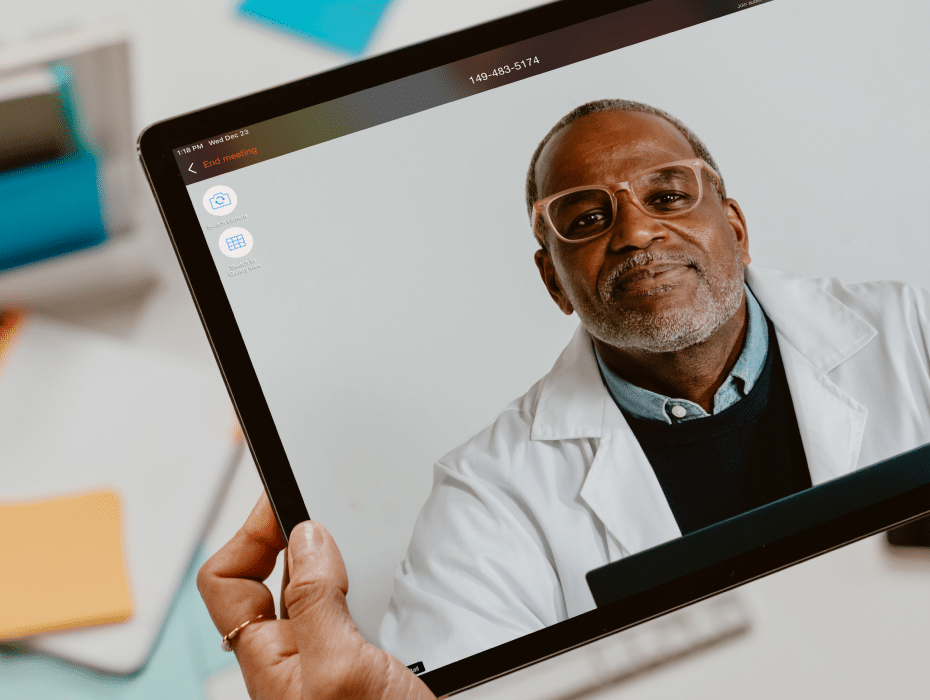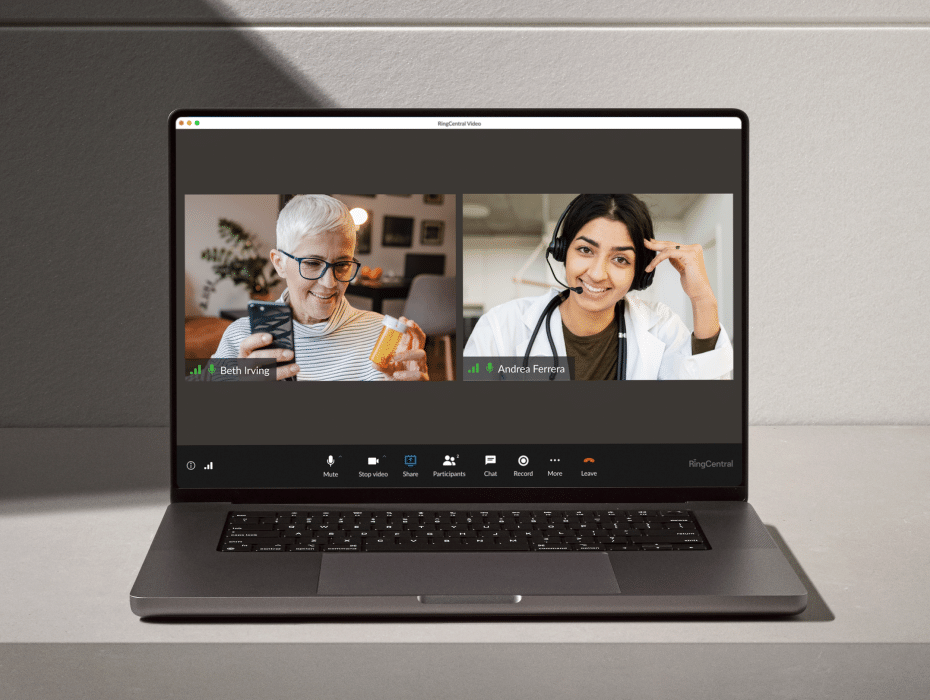Sometimes, healthcare providers end up spending more time trying to calculate potential lifetime value from patients than they do earning that value. It is important to track acquisition costs and your potential return; however, it is more important to implement strategies that create trust and loyalty from the people you serve.
Optimized communication is one of the most critical steps toward earning loyalty from your patients, but it isn’t always easy to get right. Pega’s 2021 Healthcare Engagement survey showed a discrepancy in views on the quality of engagement delivered by health practices. The study showed 76% of practices believe they do patient engagement well, while only 54% of patients said they were happy with provider communication.1
So how do we close the gap and improve patient retention? Today, we’ll cover:
- What is patient lifetime value (LTV)?
- How to calculate patient LTV
- 5 ways to increase patient lifetime value through better communication
Free eBook: “How cloud communications put connection at the center of care”
What is patient lifetime value (LTV) in healthcare?
Patient lifetime value (AKA “patient LTV”) is a calculation of the potential total revenue that could result from the ongoing care relationship with a given patient.
How to calculate patient LTV
The LTV equation is simple:
LTV = V x N x Y
In this equation, V= the average value of a given appointment with the patient (i.e., the cost to the patient and/or their insurance for the visit). N= the number of these appointments the patient has in a given year. And Y= however many years of that relationship you’d like to calculate or project.
This is, of course, only an estimate of potential LTV, but it should give you a decent idea of potential lifetime value.
5 ways to increase patient LTV through better communication
The following is a look at how healthcare providers can increase lifetime patient value through enhanced communication.
1. Communicate proactively to increase patient revenue
It is impossible to optimize patient value if you only communicate on an “as-needed” basis or simply respond to inbound prospective patient inquiries. In healthcare, patients have greater trust in a provider when it is clear that they have genuine interest in the patients’ well-being and maintain regular interaction. What’s the takeaway? Go beyond standard appointment reminders.
Proactive health communication includes sending out secure links to post-treatment care plans, Rx refill directives, impending screenings and other preventative care information that is based on age, health history, and other factors.
In addition to demonstrating that you care about your patients in a more holistic way, regular proactive communication creates an opportunity to increase incremental telephony-based reimbursements and improves relationships. It also keeps your practice and brand in front of patients to increase patient retention levels and expand new patient acquisition through positive referral and social ratings.
2. Identify patient segments
Communication is most effective when tailored to your audience. Patients have different needs, interests, and concerns. Gather data and insights on your patients to learn more about individual preferences, such as what types of communication they want, how they prefer to receive it, and whether they share information with others.
You can gather data based on how patients interact with your facility directly from your cloud-based communications platform and the various supported channels: web chat, inbound calls, social media, telehealth / video conferencing, SMS, and other communication methods. The integrated reporting capabilities of the cloud communications platform enables providers to measure and expand the data gathered by developing real-world data-supported surveys to further refine and capture specific insights that can be utilized to improve patient service delivery.
Satisfaction levels are additional dimensions on which you can segment your patients for ideal communication. Patients happiest with your healthcare organization are most likely to share their positive experiences with others. Leverage their satisfaction to generate word-of-mouth referrals.
Other patients may have adequate experiences, but they are open to other providers in the future. Garnering feedback early gives you the chance to improve your service for this patient tier. Finally, you may have disgruntled patients who are dissatisfied with their experiences. It is vital to detect their dissatisfaction early so you can address their concerns and safeguard against negative word-of-mouth.

3. Listen and learn
Many providers send follow-up emails after appointments directing patients to complete lengthy surveys that have been mailed from third-party agencies like Press Ganey. While providers are generally required to have a minimum level of these types of patient satisfaction surveys completed, the results are only reported long after the patient encounter.
To generate faster and actionable patient feedback beyond these multi-page surveys, invite patients to provide feedback directly via phone-based surveys that can be facilitated directly from your cloud communications platform – which includes the contact center capabilities. This is an approved approach by the same Federal agencies that approve patient sentiment capture via snail-mailed hard copy survey completions. It is better to hear about any frustrations that get in the way of the ideal experience sooner rather than months later. Show a genuine interest and patients feel more comfortable telling you about their experiences.
4. Offer comprehensive cross-platform support
Communication takes place through a wide variety of channels. In-person, phone, email, web forms, social media and chat are primary ways through which patients communicate with providers. It is important to offer your patients omnichannel, cross-platform opportunities. Doing so ensures they can interact with you in the way they prefer or the manner that is most convenient at any particular time.
Unfortunately, historical strategies for offering multi-channel support were cumbersome and inefficient. Each channel functioned in a silo, with limited ability to correlate ongoing support across channels. Providers and patients were frustrated by this reality.
Now, you can create efficient, comprehensive, cross-channel support with a cloud-based solution from RingCentral. Equip your support agents with the ability to seamlessly shift service from one channel to the next. Capture data from each interaction such that agents can easily analyze a patient’s case history regardless of the platforms through which they interact:
5. Provide 24/7 information and staff access
Sometimes, patients have questions or want information at night or when your practice is closed. There are a few ways you can offer access to information and communication during odd hours. The following are two key options:
Patient health portals
A customized portal allows you to give patients information on their medical history, previous appointments, upcoming appointments, prescriptions, and more. You can also provide web chat features for 1:1 chat sessions during normal facility operational hours.
AI chat
For 24-hour modeling, some of the questions patients have can be answered by an AI chat bot. AI bots can detect common types of questions and give scripted answers, or direct patients to follow-up contacts or resources. They can fill any gaps when your practice does not offer live chat or 24-hour support access.

Build better patient relationships with RingCentral
Enhancing your communication is one of the most cost-effective ways to increase lifetime patient value for your healthcare organization. To optimize, you must know what types of information each patient wants and how they prefer to receive that information. Your team must also have a genuine desire to listen and learn and have processes in place to gather and assess feedback.
Given the number of working parts and channels involved, only a cloud-based communications platform with features like conference call services, video call and contact center can deliver what you need. To see a market-leading healthcare communications platform in action, request a demo today.
1 “Why healthcare engagement should be personalized, prioritized, and preemptive.” Pegasystems. Online at https://www.pega.com/healthcare-engagement.
Originally published Feb 15, 2022, updated Aug 27, 2024












